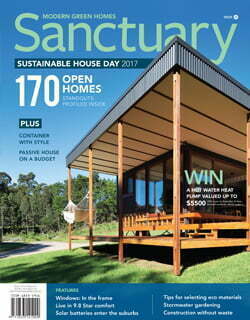Material benefit: Specifying eco building products
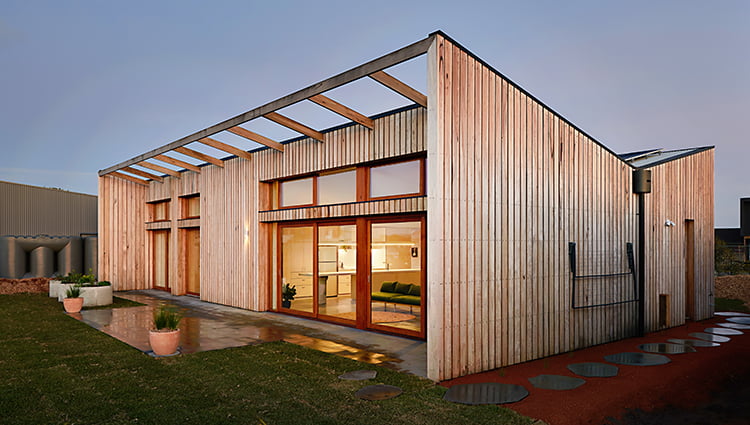
Vetting the green credentials of building products is difficult for everyone. We find out how the experts go about this tricky task.
Mullum Creek and The Cape are two of a growing number of housing developments aiming to raise the bar on thermally efficient, eco living. To drive sustainable practices, Tony O’Connell, director of TS Constructions and builder of The Cape, helped to create mandatory design guidelines for anyone buying into the estate. Intended to assist homeowners, architects and building designers to meet the estate’s ESD criteria, the guidelines include a list of acceptable building materials to make the design and build process easier.
Tony O’Connell says that his initial building materials list took 12 months to compile, and several years later it’s still under review as new products come to market. Among other things, the list specifies that any concrete should include fly ash and recommends any timbers sourced should have independent certification. LOSP (light organic solvent preservative, or equivalent) preservative treatment of timbers is also recommended instead of CCA (chromated copper arsenate).
Building designer Dick Clarke (in his inimitable style) says not specifying sustainable and healthy building materials is “gross stupidity and irresponsibility”. Unsustainable materials off-gas, play on your conscience – knowing their procurement or manufacture was unethical – and they just don’t give you that same sense of joy as better alternatives.
But few homeowners have access to builders who have spent years curating a specification list. Seeing through the green wash and choosing the best materials isn’t easy, or more people would do it! Instead most do what they can, learning as they go, or rely on the advice of specialists or product manufacturers. Unlike the energy star ratings on appliances which make it easy to compare products on at least one major metric, there isn’t a simple, market-wide scheme available for building materials. And there is seemingly little interest from government to make this happen.
Take engineered timber, for example. Engineered timber that you might use for structure, flooring and cabinetry is made from derivative wood products, adhesives and varied finishes. Drilling down into each component – how and where was it sourced; how was it manufactured; the energy-intensiveness of the production process – just isn’t realistic.
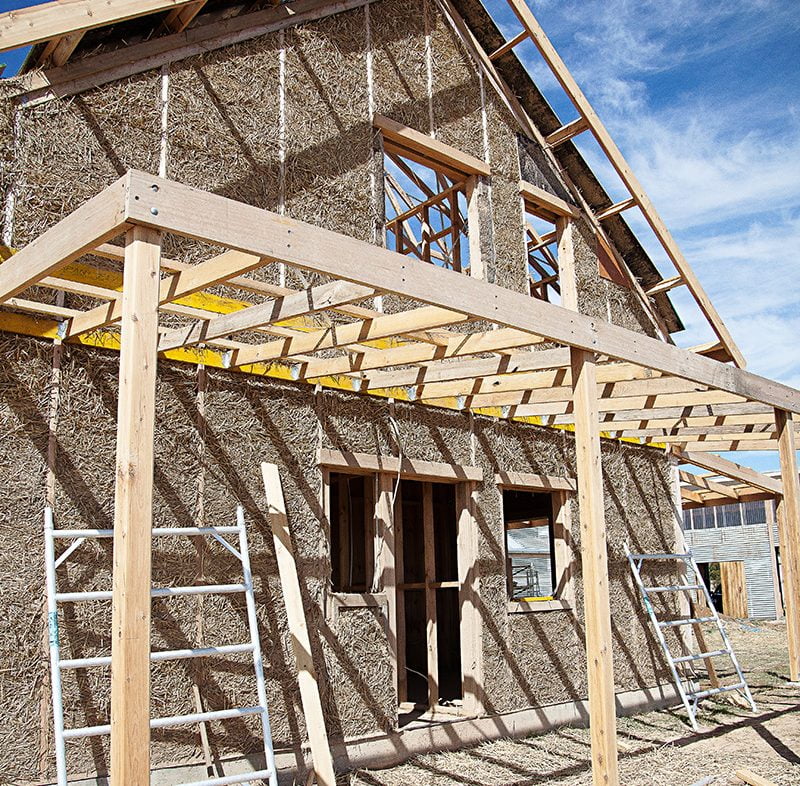
Which eco-material listings to trust?
Dick Clarke, who has his own business Envirotecture and is editor of How to rethink building materials: Creating ecological housing for the designer, builder and homeowner, says the best thing to do is to trust the two main certification schemes – Good Environmental Choice Australia (GECA) and Global GreenTag – while cultivating a healthy scepticism of other accreditation schemes, and to use the online green materials database, Ecospecifier. If these tools don’t provide a clear choice, he says, the decision may come down to “making the least-worst choice”.
For Elizabeth Wheeler of Future Focused Buildings, who specialises in helping homeowners wade through the materials specification process, this “least-worst” choice varies not only per product, but per person. She advises homeowners to develop their own criteria by asking themselves what they consider to be important before they start their research process. Some people might prioritise recycled content in their products; for others, it might be end-of-life disposal, product re-use, off-gassing or social justice.
From there, it’s really a process of doing your homework. For example, “If you are concerned about how your timber is sourced, you might read up on accreditation systems like FSC and PEFC,” she suggests. “You might also interrogate some of the important-looking but actually meaningless logos and slogans that appear on many company websites.” She cautions homeowners to understand that smaller producers often can’t afford accreditation. “There are businesses that have really good products but just can’t afford to, or choose not to, spend money on formal accreditation. So don’t discount a business just because they don’t have accreditation. But certainly ask them why they don’t.”
Emailing producers with very specific questions related to your concerns will not only enable you to keep track of information but help you to compare products. And when investigating online Elizabeth recommends seeking out “the debates and discussions, not the marketing materials”.

For homeowners without the time, knowledge or resources to navigate the materials specifications process, it can help to get professional assistance, either through your builder, designer or architect, or through a specification professional. Regardless of who is doing the product selection, it’s vital that they understand and respect your concerns, and that roles and responsibilities for materials and product selection are agreed by all parties.
Sourcing green building materials ideally should be a team effort according to Dick Clarke, partly because it’s practically impossible for any one person to stay on top of the myriad existing and new products on the market, and partly because it achieves a better result in the short and long term. “Homeowners who have been involved in the selection of materials own those decisions, they maintain and look after the materials, and they promote them in those BBQ conversations,” he argues.
“I also think it’s very important for people to understand that documenters and builders have a legal responsibility for many of the materials used in a build,” says Elizabeth. “They have to be convinced that the material being used is fit for purpose, so ultimately, it is their call.”
Promoting these products isn’t only for BBQs. Tony O’Connell found that the process of putting the list together expanded his team’s knowledge base and that of their preferred list of subcontractors. “We also went out to a large number of manufacturers and suppliers and asked them to help identify suitable products to evaluate.”
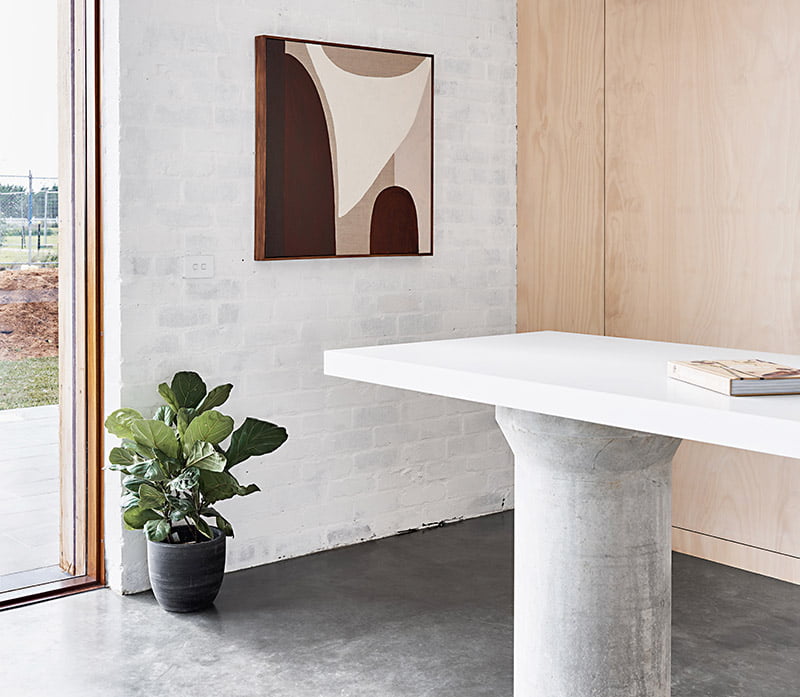
Elizabeth challenges homeowners to think about products on a deeper level: “Do you want to buy from a company that manufactures products that are lower-impact alongside others that have a huge detrimental impact, or support a smaller business that makes only lower-impact products?”
This question might seem like a no-brainer, but sometimes when extra effort and/or expense are involved, decisions aren’t always clear-cut. We all need to establish our own personal line in the sand and personal choices are only one of several ways to push for more sustainable buildings. “We also need to ask ourselves why high-impact products are still available in the marketplace,” says Elizabeth. “Some products just shouldn’t be allowed to exist, when there are better and less impactful alternatives available. A lot of decisions that rest with the market are actually systems issues. Our activism is as important as our everyday choices.”
Recommended for you
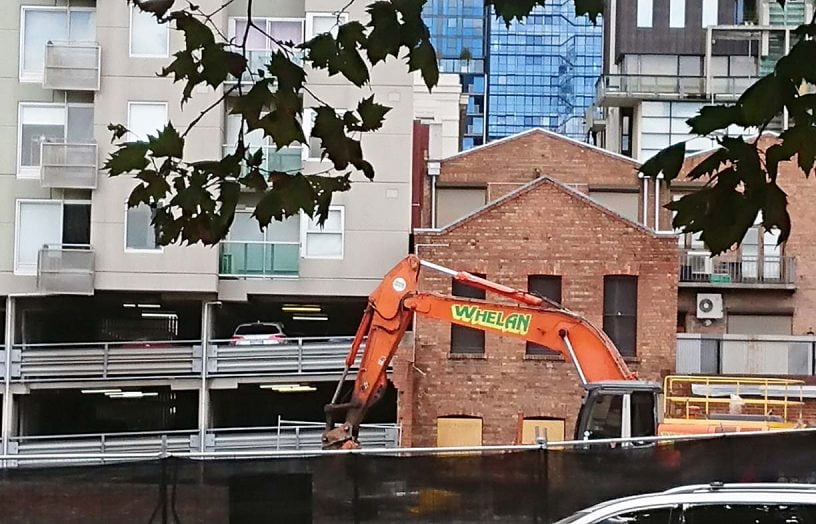 In focus
In focus
Inside the war on construction waste
Deconstructing buildings to salvage materials is less common than demolition for landfill – but could this be about to change?
Read more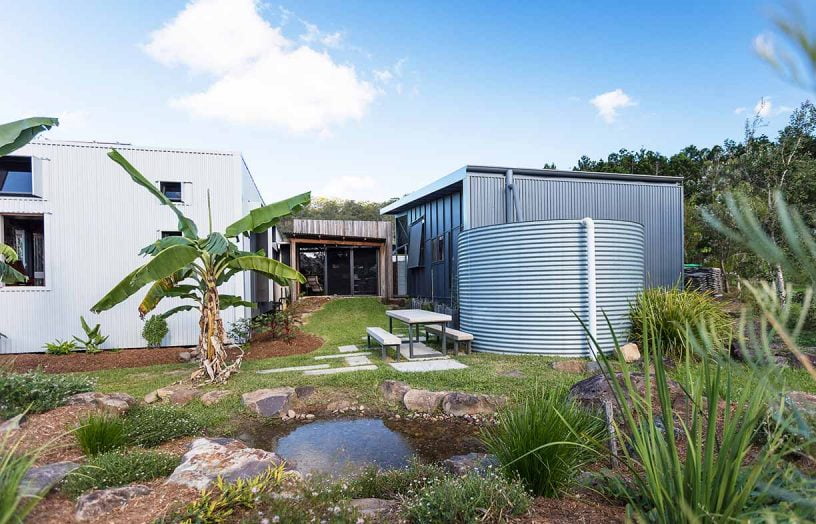 In focus
In focus
Lessons learnt
Five years ago we featured a house in the Currumbin Ecovillage on the Gold Coast that was designed using three pavilions to accommodate two households in a co-housing arrangement. How is their experiment evolving? We revisit to find out.
Read more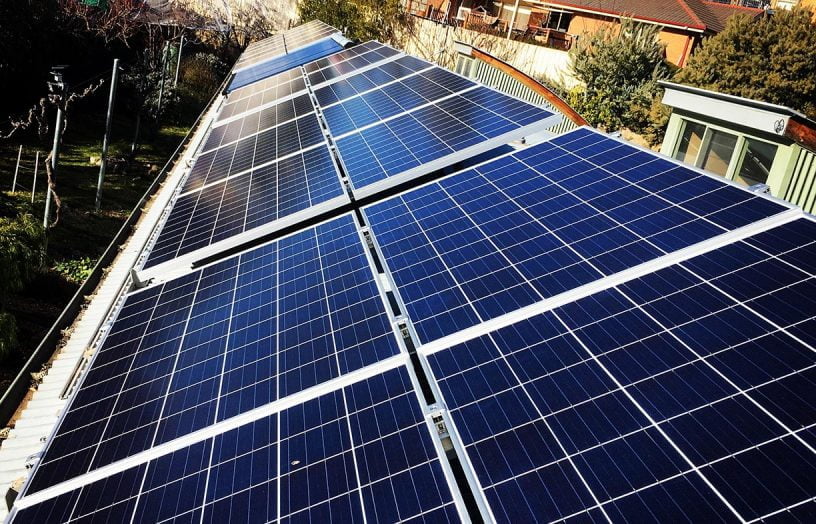 In focus
In focus
Get the most from your solar PV for summer cooling
Cooling your house using your rooftop solar system requires a bit of thought and planning, but when you get it right, the savings can be well worth it.
Read more

